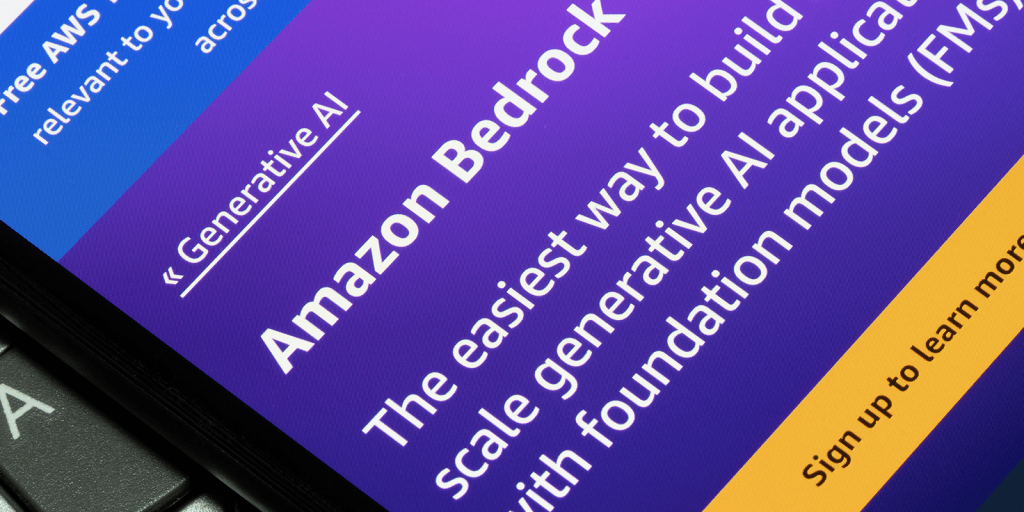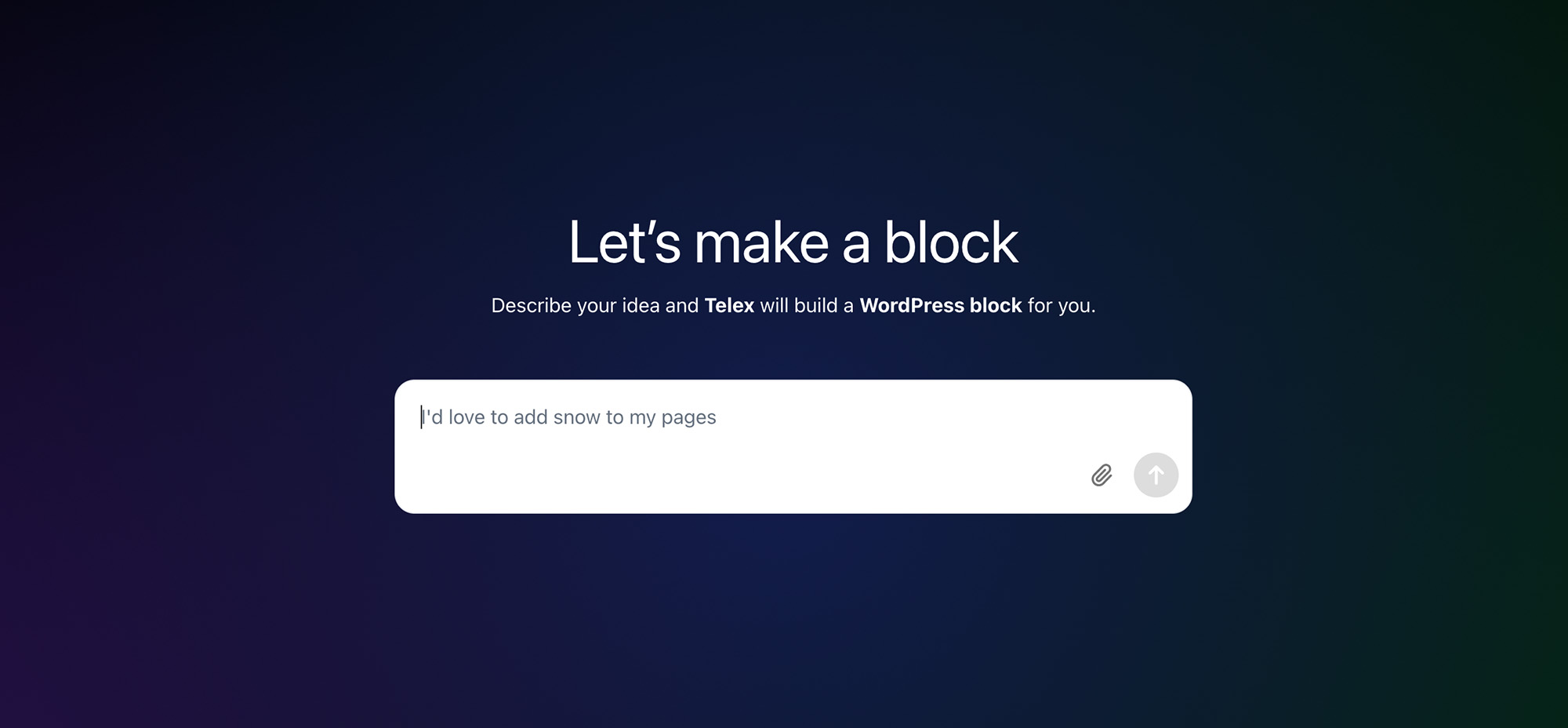Building impactful AI-powered applications requires a blend of the right tools and strategic integrations. AWS offers a range of tools tailored for search, analytics, machine learning, and graph databases, making it a vital ecosystem for creating applications powered by Large Language Models (LLMs). In this post, we break down the strengths and integration strategies of OpenSearch, Kendra, SageMaker, Bedrock, and Neptune while exploring the latest innovations introduced at AWS re:Invent 2024 that further elevate the possibilities for AI-driven solutions.
AWS Core Tools for AI Integration
Amazon OpenSearch
Amazon OpenSearch, formerly known as Elasticsearch Service, provides a fully managed, scalable platform for deploying and operating OpenSearch. Ideal for log analytics, real-time application monitoring, and search capabilities, it seamlessly integrates with LLMs to enhance search functionality.
Pros:
- Scalability: Effortlessly scales with demand, ensuring consistent performance.
- Advanced Search Capabilities: Supports complex queries and aggregations, ideal for sophisticated applications.
Cons:
- Cost can rise with data volume and query complexity.
- Requires specialized knowledge of OpenSearch or Elasticsearch DSL.
Amazon Kendra
Amazon Kendra’s intelligent search capabilities use machine learning to deliver contextually relevant search results across various repositories.
Pros:
- Natural language processing ensures user-friendly queries.
- Seamless integration with AWS and external data sources.
Cons:
- Higher cost compared to basic search solutions.
- Requires optimization for performance.
Amazon SageMaker
SageMaker simplifies the process of building, training, and deploying machine learning models, providing end-to-end lifecycle management.
Pros:
- Comprehensive tools for every stage of machine learning.
- Scales efficiently for large datasets and complex models.
Cons:
- Cost can escalate with intensive usage.
- The learning curve for those new to advanced ML workflows.
Amazon Bedrock
Amazon Bedrock allows businesses to experiment with and deploy foundation models from providers like Anthropic, Stability AI, and AWS for tasks like content generation and advanced analytics.
Pros:
- Supports various AI tasks, including text generation, summarization, and image creation, making it adaptable to diverse industry needs.
- Easily integrates with existing AWS services and enterprise systems.
Cons:
- The cost structure can be intricate, with charges varying by model and usage, leading to potential unexpected expenses.
Amazon Neptune
Neptune is a graph database service designed for interconnected data storage and querying.
Pros:
- Scalable and optimized for large graph datasets.
- Fully managed to reduce operational overhead.
Cons:
- Suited for specialized use cases, which may not be universally applicable.
- Requires expertise in graph databases.
Latest Innovations from AWS re:Invent 2024
Amazon Nova Foundation Models
AWS introduced the Amazon Nova family of models at re:Invent 2024, designed to process text, images, and videos. Integrated with Amazon Bedrock, these models provide versatile capabilities for generative AI tasks, making them ideal for applications in creative content generation and data visualization.
Key Highlights
- Nova Micro: Optimized for text-only tasks with fast and cost-effective responses.
- Nova Lite: Processes multimodal inputs, including images, videos, and text.
- Nova Canvas and Nova Reel: Specialized in high-quality image and video creation.
Relevance to LLM Integration
Nova models enhance applications by enabling nuanced, multimodal AI interactions, making them ideal for creative content generation and data visualization.
Enhanced Retrieval Augmented Generation (RAG)
AWS introduced advanced RAG capabilities, improving data integration for LLMs:
- Structured Data Support: Automates complex SQL queries for enriched AI responses.
- GraphRAG: Leverages Amazon Neptune to enhance data accuracy with knowledge graphs.
- Unstructured Data Handling: Uses generative AI-powered ETL processes to structure multimodal content.
Relevance to LLM Integration
These enhancements streamline the integration of structured and unstructured data into LLMs, improving the accuracy and relevance of AI-generated outputs.
Best Practices for AWS and LLM Integration
- Data Preparation: Ensure training and input data are clean, structured, and relevant.
- Model Selection: Choose models aligned with specific use cases.
- Infrastructure Optimization: Leverage serverless architectures and optimize resource allocation.
- Security and Compliance: Implement robust security measures and maintain compliance.
- Monitoring and Maintenance: Regularly monitor performance and update components.
- Cost Management: Analyze costs and set budgets to prevent unexpected expenses.
Partnering for Smarter Solutions
At Trew Knowledge, we believe in creating solutions that solve today’s problems and anticipate tomorrow’s challenges. By harnessing the full potential of AWS technologies, we design applications that are as forward-thinking as they are functional. Let’s work together to create smarter systems, more engaging experiences, and a stronger digital future.
Reach out today to learn how we can help you transform your vision into reality with the power of AI.


